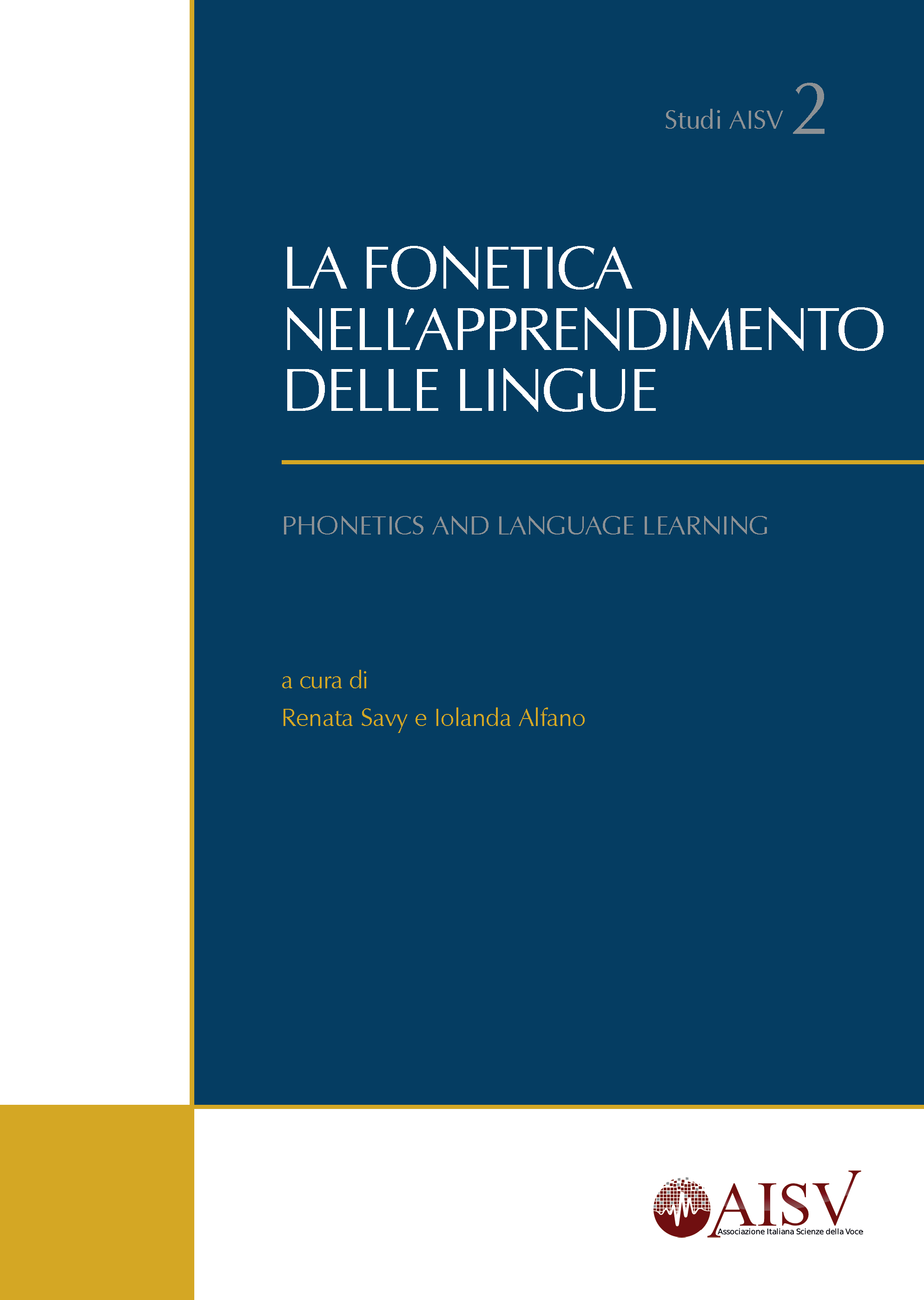L’apprendimento della prosodia dell’italiano in contesto LS
Uno studio su apprendenti giapponesi
DOI:
https://doi.org/10.17469/O2102AISV000006Parole chiave:
L2 prosody training, self-imitation, prosodic transplantation techniqueAbstract
This study aims to test the effectiveness of self-imitation technique to develop a native-like prosodic competence. Seven Japanese learners of Italian (NNSs) and 2 Italian native speakers (NSs) were asked to read aloud and record two sentences in Italian conveying different pragmatic functions. The utterances of NNSs received the suprasegmental features of NSs’ productions through the transplantation technique. NNSs imitated their own voice previously modified to match the reference NSs and recorded the new performance. 17 native Italian listeners rated pre- and post-training productions for pragmatic function and accentedness. The same productions were compared to the NSs’ performance by utterance duration and length of vocalic and consonantal intervals. The results showed that self-imitation improves NNSs communicative effectiveness. After the training, utterance duration and vocalic intervals length better match the target duration.
Downloads
Pubblicato
Fascicolo
Sezione
Licenza

Questo lavoro è fornito con la licenza Creative Commons Attribuzione - Non commerciale 4.0 Internazionale.





